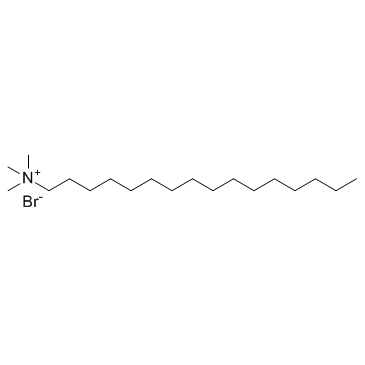| Structure | Name/CAS No. | Articles |
|---|---|---|
 |
Potassium
CAS:7440-09-7 |
|
 |
Sulfaquinoxaline sodium salt
CAS:967-80-6 |
|
 |
Hexadecyl trimethyl ammonium bromide
CAS:57-09-0 |
|
 |
potassium hydride
CAS:7693-26-7 |
|
 |
2,3,5-Triphenyltetrazolium chloride
CAS:298-96-4 |